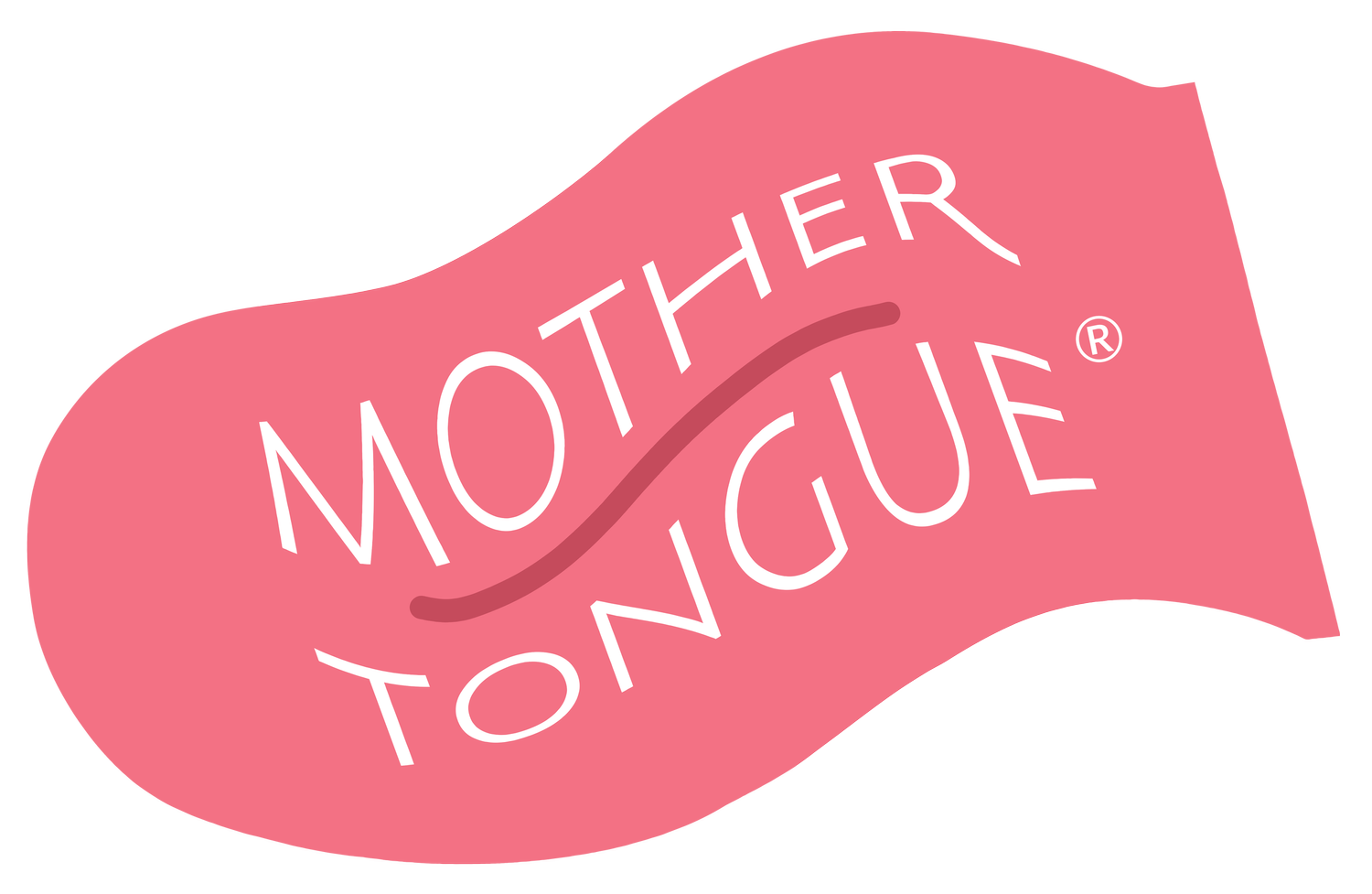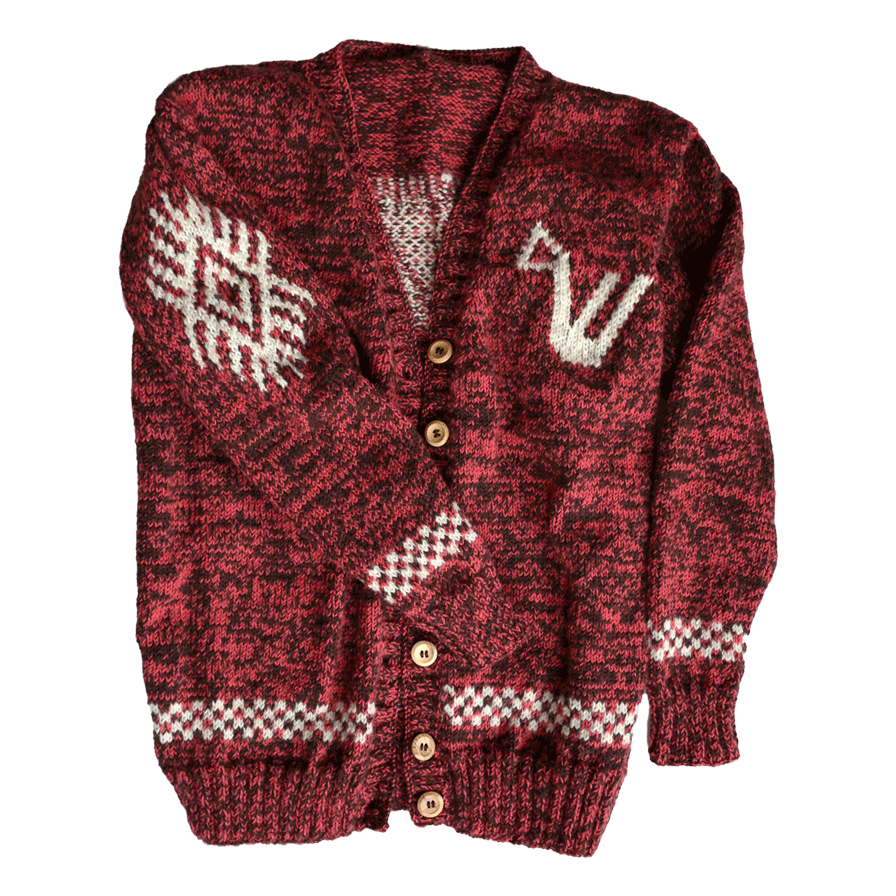
language of kilims
Kilim, a word of Turkish origin, refers to a piece of textiles woven with a flat-weaving technique. The Anatolian Kilim is the expression of a tradition dating back around 9,000 years: a tradition that has been maintained by women.¹
“The woven patterns in kilims kept alive an unconscious inner dialogue between the women of anatolia and their foremothers”
-Dario Valcarenghi
Many researchers reject the idea that motifs on kilims symbolise a unique language linking centuries of people whose path crossed through the region. They simply suggest that these motifs represent nothing but aesthetic elements, appearing in this distinct style caused by limitations of this type of weaving. However, the same motifs can also be seen on relics such as ceramics, textiles and mosaics, which do not have the technical limitations of Kilim Weaving.²
In Turkey, the idea that these motifs are derived from ancient symbols, which are used to inform, communicate and convey ideas is welcomed - with some even believing it is possible to 'read' a Kilim.
There are many different interpretations of these motifs, some based on in-depth research, some on personal perception. Perhaps it is the lack of a recognised written index that makes these objects so mysterious. After all, the 9,000 years of Anatolian history and culture reside in these motifs and weavings; recorded in an abstract language passed down from mother to daughter.³
Eli Belinde “Hands on Hips”: Stylised depiction of a female, symbolising life, birth, womanhood and fertility. It can also be used to indicate the kilim has been woven by a woman.
Hayat Agacı "Tree of Life": The tree is the common theme for all religions believing in a single god. In Anatolia the most commonly used figure is a cypress tree. Sometimes purposefully upside down, because of the belief that roots of the tree are in heaven. A variation of this motif includes birds on it, which indicate 'souls migrating' when the time comes. This theme is also used on gravestones.
Ibrik "Ewer": A water pitcher representing purity.
Koç Boynuzu “Ram’s Horn”: The eternal strength of the ram’s horn depicts masculinity, male fertility, power and heroism. Traditionally, the woman weaving this motif is likely to be wishing her husband to be strong in every aspect and his strength to last the test of time.
Su Yolu “Running Water”: Emphasises the importance of water for humankind. Without water, there is no life. This figure is often found incorporated into border designs.
Akrep "Scorpion": Due to their dangerous venom, people carried jewellery either in the form of a scorpion or decorated with the tail of a scorpion, in order to protect themselves against this animal. Some believe the use of the scorpion motif on rugs symbolises protection, whilst others believe it to represent pride & liberty.
Bukagı “Fetter”: Fetter is a sort of cuff placed on the front legs of horses to keep them from running away. This cuff shaped motif symbolises continuous union of a family or devotion of lovers.
Pıtrak "Burdock": is a plant with burrs which stick to the clothing of people and the hair of animals. It is believed to be capable of warding off the evil eye.
Kus "Bird": In Anatolia there is no other motif carrying so many different meanings than the bird. While birds like owls and ravens imply bad luck, doves, pigeons and nightingales are used to symbolise good luck. They represent longing, and expectation of news.
Pomegranate: A symbol of female fertility.
Love & Union "Ying Yang": This is a symbol of dualism, inherited from the Far-East and imported to Anatolia, where it suggests the harmony between two people.
Hand, Finger & Comb: Anatolian belief that the number five - that is, the number fingers on a hand - serves as a protection from spells or the “evil eye”. This motif also represents the hand of Mohammad’s daughter Fatima, and can be used as a fertility symbol.
Göz "Evil Eye": Source of an evil glance is the human eye. It is believed that the harms it may cause can best be prevented, again, by a human eye in a mirroring effect.
Yılan "Snake": Symbolising protection and wisdom.
[1] Valcarenghi, Dario. Kilim: History and Symbols, 1994,
[2] A. Diler and M.A. Gallice. Kilimin Sembolleri, 2018,
[3] https://www.theguideistanbul.com/kilim,
Visual Credits - Banner: theguideistanbul.com, Motifs: kilim.com, Thumbnail: https://toursaroundturkey.com/a-complete-guide-to-turkish-carpets/
























